It takes a moment to place the scent. I close my eyes and am first transported to a Christmas tree farm, the bracing wintry air laced with pine—but that is not quite it. The aroma is somewhat fruity and slightly peppery. A moment more and my memory takes me to a barstool with a glass in hand, which is when I recognize it: gin.
But in that instant, I am not seated at a bar. I am at Podere Castellare, a farm in a small Italian town just outside Florence, and what I am smelling is not gin, but juniper. Here, the heady aroma refuses to be contained in a cocktail shaker; it wafts through the warm summer air around myself and a few others from the Life & Thyme team who have come to learn about the artisanal gin produced by Peter in Florence.
After a winding drive through the Tuscan countryside, it feels good to be standing on my own two feet, and it’s hard to believe it was less than an hour ago that I departed from the chaos of the region’s capital at the height of the tourism season. The noise of traffic has been replaced by birdsong and bees buzzing. The labyrinths of narrow cobblestone streets have been exchanged for rows of olive trees and grapevines curving along the hills in all directions.



We are greeted at the entrance of Podere Castellare, where Peter in Florence is located, by Tishanah Welcome, who acts as operations manager, and Giancarlo Fabbri, the distiller. Before we enter the distillery, Welcome identifies the pervasive perfume of juniper for us and explains that it is the reason we are all here today.
“The main flavor in gin is juniper,” says Welcome, who also points out that there is a good chance we have probably already tasted gin made with Tuscan juniper. “Some of the biggest selling gin brands in the world—Bombay, Hendrick’s, Tanqueray, to mention a few—use juniper sourced from Tuscany.”
Juniper is a coniferous plant (hence, the pine-like scent) found throughout the Northern Hemisphere in various parts of Europe, Asia and North America, but Fabbri explains that Tuscany is particularly well-suited for the production of high quality juniper.
“The climate is the most important factor,” says Fabbri. “The juniper berries that we use are the Juniperus communis, the ones that grow naturally in Tuscany. They are a little bit smaller than other types, but full of resin and essential oil.”
Welcome adds, “the berry’s fragrant, herbal aroma with notes of pine, camphor and lavender is unlike other juniper from countries such as Serbia, Macedonia and India.”

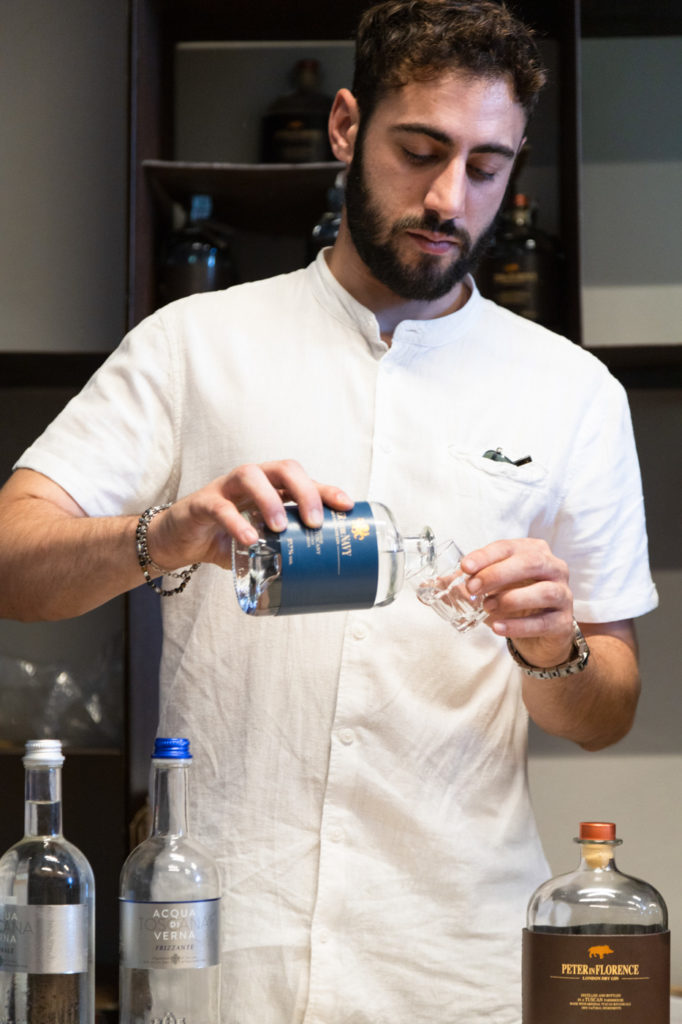

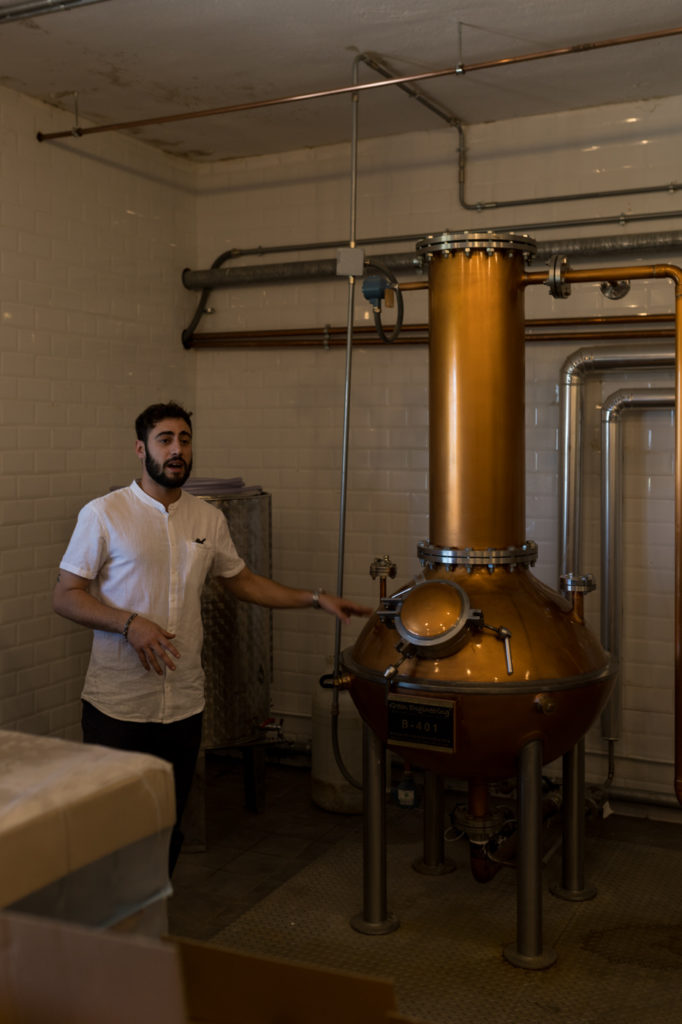

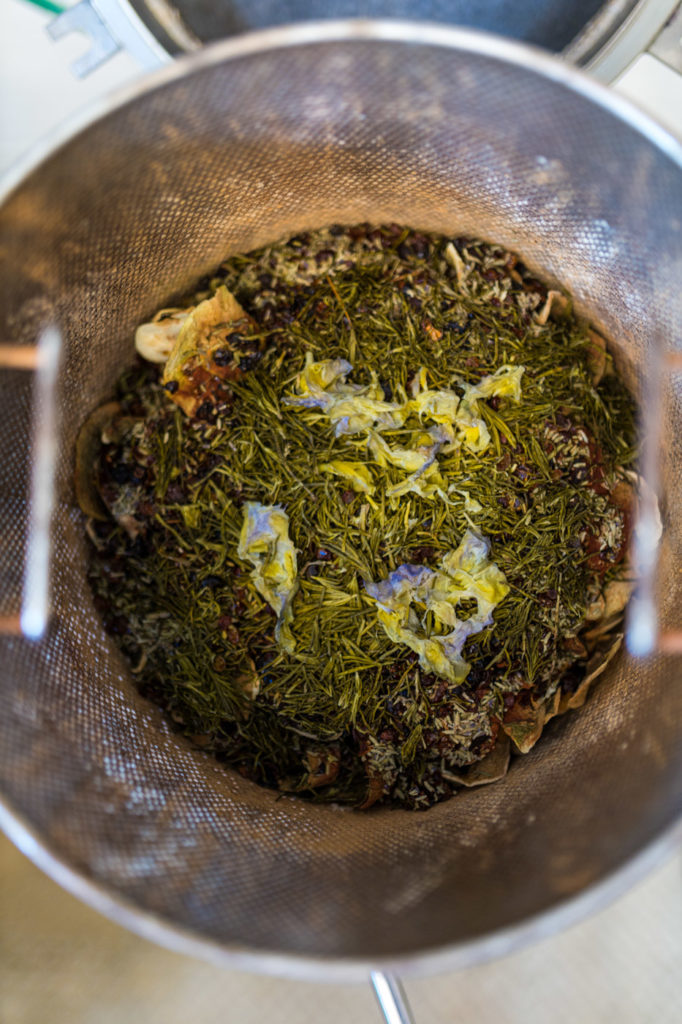
It was in 2017, shortly after discovering the popularity of Tuscan juniper, that Patrick Hoffer, an England-to-Florence transplant and gin enthusiast, founded Peter in Florence with the intention of distilling gin in the midst of a farm that would grow the key ingredient. He named the company for his father and partnered with a friend, Patrizio Pandolfi, to build the distillery on Pandolfi’s family land.
Unlike other enterprises at the intersection of agriculture and alcohol—such as wine production, in which a decade or more may pass before a single bottle is ready to open—making gin is a relatively quick process, even when growing the juniper from the ground up.
“The plants grow for two years before berries can be harvested,” says Fabbri, noting the harvest usually takes place around October. At the time of our visit to Podere Castellare, the juniper plants are just a few years old and a few months in advance of the harvest. Barely knee-height, the short shrubs are characterized by prickly, bright green branches that stick out at odd angles and are laden with pale green berries that will be dark blue when ready to hand-picked.
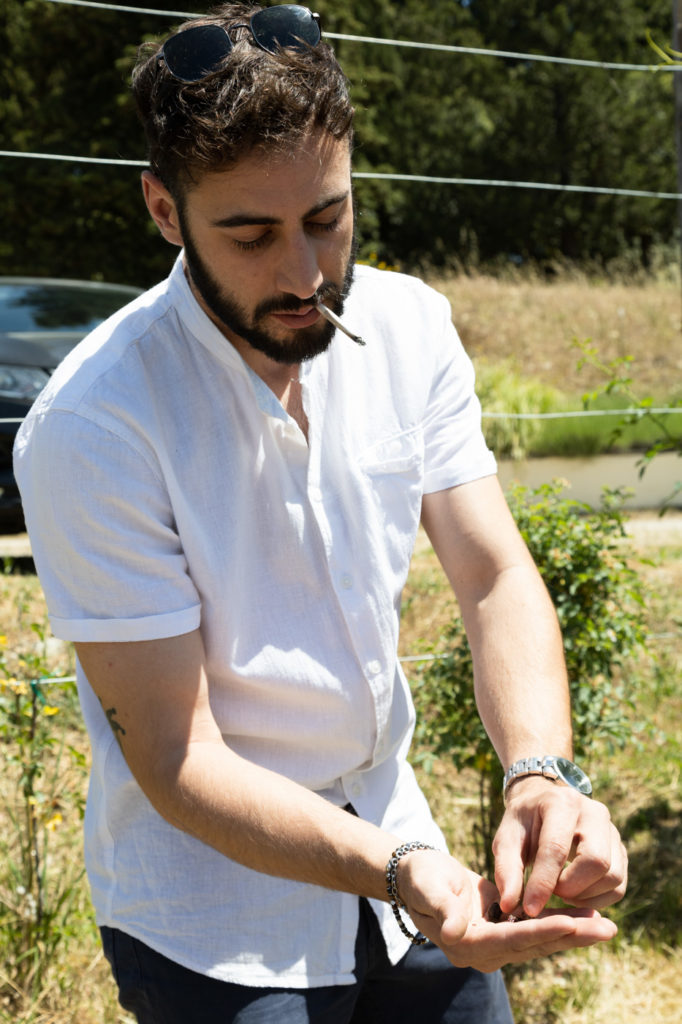
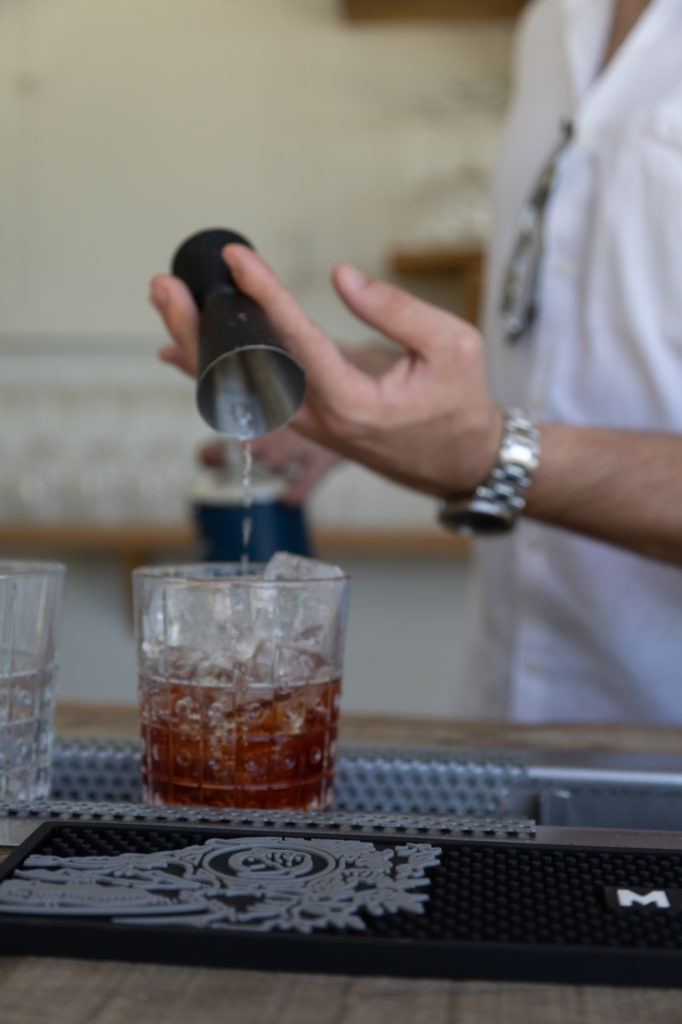

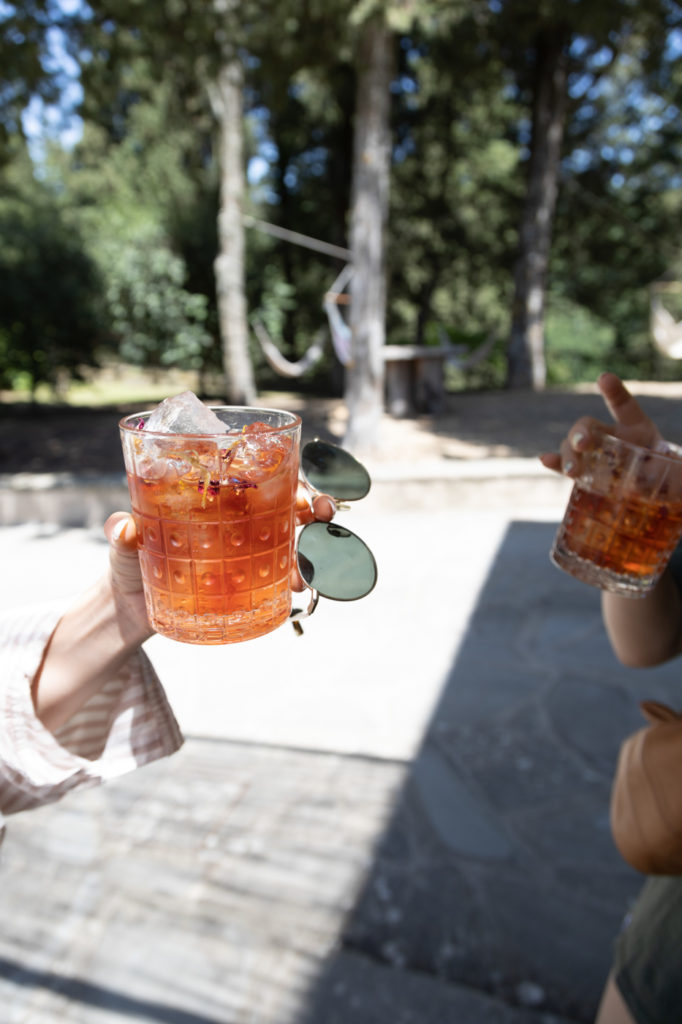
On a walk around the farm, Fabbri points out the many other crops that grow here, most of which are cultivated specifically for Peter in Florence gin. Of the 14 botanicals that together create the unique flavor of this particular spirit, eleven are sourced directly from the grounds of Podere Castellare.
Of the three non-Tuscan ingredients, grains of paradise arrive from West Africa, while cherry bark and green cardamom seeds make the journey from Asia. The remaining botanicals travel straight from the garden to the distillery, including the peels of lemon and bergamot, rose hips, lavender, rosemary, coriander, bitter almonds, angelica root, iris petals and iris root.
This last botanical has particular significance for Peter in Florence. The Iris fiorentina is native to the natural landscapes surrounding Florence. For this reason, Fabbri claims it “gives an identity to the London Dry Gin.” (Contrary to some regulated Italian food and beverages like prosciutto or Prosecco, the designation “London Dry” refers to the rules of production, rather than the place of origin.)
Fabbri emphasizes that the artisanal, small-batch distillation process used by Peter in Florence “respects the botanicals” and is still done largely by hand. A quick tour of the micro-distillery reveals a single room housing a few pieces of copper-colored machinery that use steam to infuse grain alcohol (sourced from Northern Italy) with the essence of the botanicals, which are stored in an adjacent room either dried in glass containers lining a floor-to-ceiling shelf or frozen and vacuum-sealed in a freezer. At the end of the tour, Fabbri offers us the opportunity to smell each of the botanicals individually before tasting the gin.
Up to this point, my most frequent point of contact with gin has been through its role as one-third of a negroni, one of Italy’s most famous cocktails (and the World’s Best-Selling Cocktail in 2022, according to Drinks International). It is a perfect drink, but—given the sweetness of vermouth and the bitterness of Campari—far from the perfect means of appreciating the finer qualities of gin.
Fabbri serves us each a splash of gin neat at room temperature, instructing us to swirl it around our fluted glasses and try to decipher the aromas before tasting. He then walks us through the botanicals as they present themselves in waves of spice and citrus. The practice transforms a simple, clear liquor into a prism that can be used to parse out bent botanicals, rather than refracted light, into a rainbow of flavors.
Through this dedication to educating consumers and to sourcing their ingredients locally, Peter in Florence represents the power that small businesses possess to change an individual’s relationship to a product. Although gin is by no means a classically Italian drink, from now on I suspect a single sip will bring me back to the hills of Tuscany.





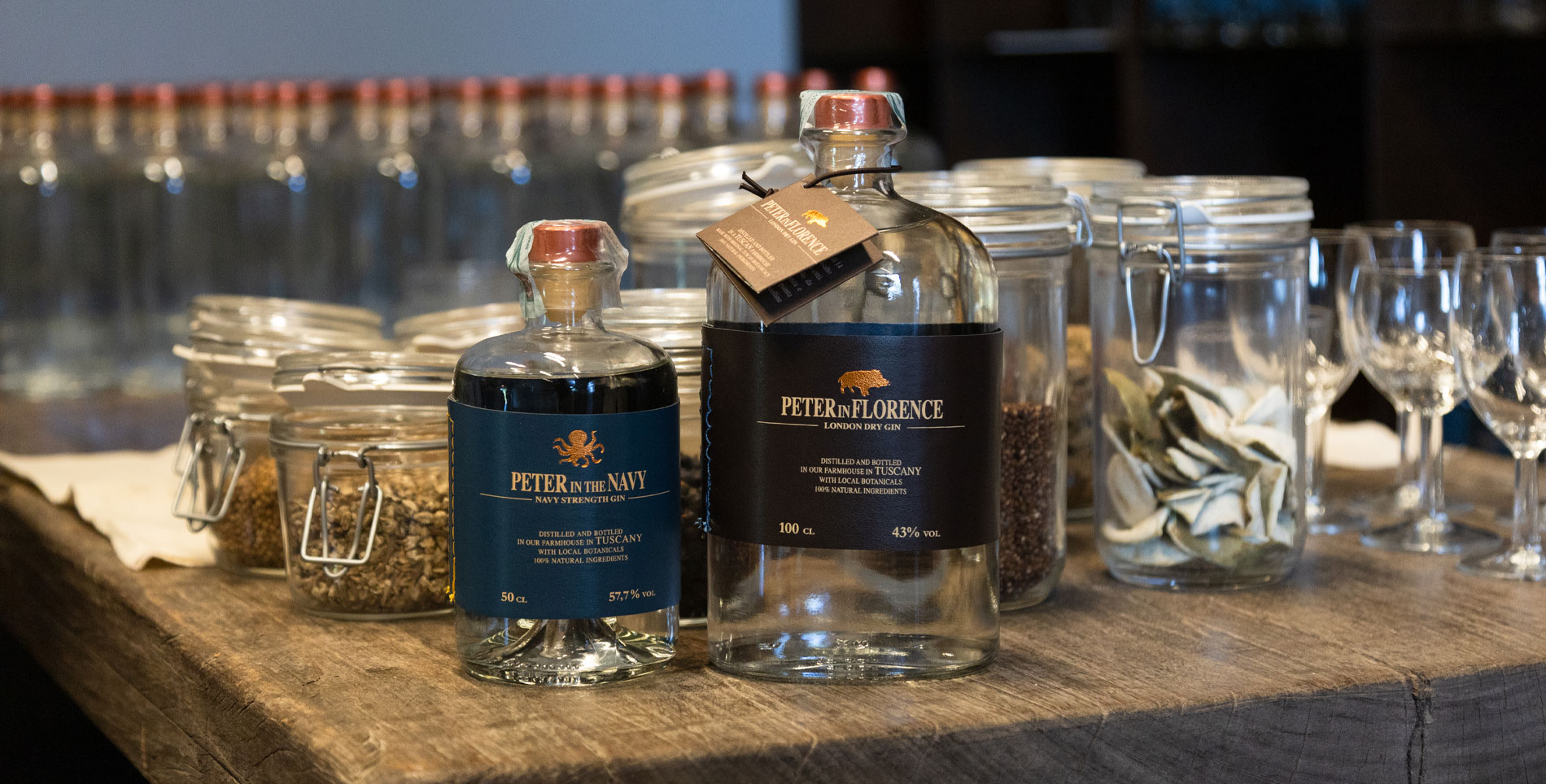

Our comments section is for members only.
Join today to gain exclusive access.